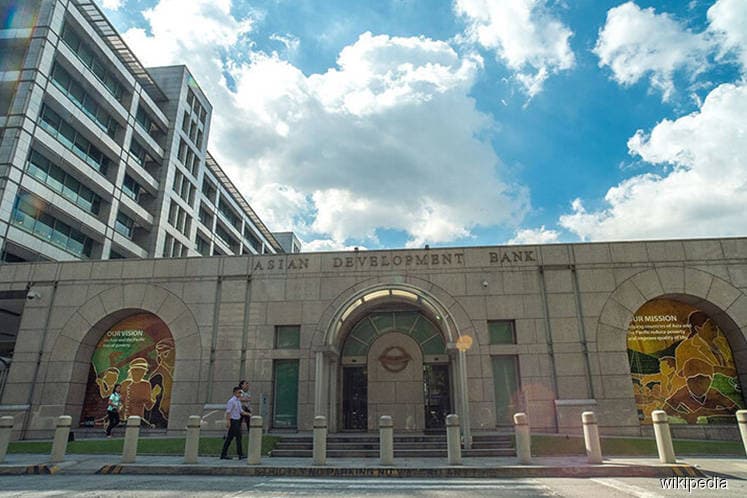
This article first appeared in The Edge Financial Daily on September 27, 2018
KUALA LUMPUR: The Asian Development Bank (ADB) has cut Malaysia’s gross domestic product (GDP) growth forecast for 2018 to 5% from 5.3% forecast earlier.
In its Asian Development Outlook 2018 Update released yesterday, ADB also lowered its forecast for Malaysia for 2019 to 4.8% from earlier’s 5%.
Meanwhile, inflation is forecast to moderate to 1.4% this year from 2.6% projected earlier, but rise to 2% in 2019 from the 1.8% forecast previously.
It said investment in Malaysia was weaker than expected in the first half of 2018 amid a transition to a new government, and policies going forward are expected to favour consumption over investment.
ADB said despite strong first-half export growth in Malaysia, a transition to a new government and a resulting shift in policy priorities put a damper on public and private investment.
It said this was aggravated by weaker agriculture, adversely affected by bad weather and falling international palm oil prices.
“Consumption in Malaysia will likely be spurred in the third quarter of 2018 as a new sales and service tax (SST) replaces a broader goods and services tax (GST) following a three-month tax holiday,” it said.
However, the bank said despite a very mild GDP growth slowdown, retail sales remained strong in Malaysia.
“In Malaysia, uncertainty connected with a national election was resolved in May with a change in government, causing the consumer index to soar to 133 in June, the highest in 21 years,” it said.
The ADB said inflation in Malaysia reached record lows with the reintroduction of fuel subsidies and a three-month tax holiday following the suspension in June of the 6% GST and before its replacement by a lower SST.
It said higher international energy prices are seen to boost exports despite downward trends in palm oil prices.
“Swelling demand for consumer imports is likely to keep imports high, reducing the overall current account surplus,” it added.
Meanwhile, Reuters reported that the Manila-based institution kept its 2018 economic growth estimate for the Asean region at 6%, but it trimmed next year’s forecast to 5.8% from 5.9%.
“Downside risks to the outlook are intensifying,” said ADB chief economist Yasuyuki Sawada, pointing to the potential impact of US-Sino trade tensions on regional supply chains and the risk of sudden capital outflows if the US Federal Reserve raises interest rates even more quickly.
The ADB’s 5.8% growth estimate for 2019 would be the slowest for the region since 2001, when it expanded 4.9%. The report covers 45 countries in the Asia-Pacific.
The ADB’s latest forecasts did not take reflect fresh tariffs that the US and China imposed on each other’s goods on Monday.
Sawada said the additional duties would not significantly change ADB’s growth forecasts, but added the “escalating” trade conflict must be closely monitored.
For Southeast Asia, moderating export growth, quickening inflation, net capital outflows and a worsening balance of payments have dimmed the outlook, with growth this year projected to slow to 5.1% from the July forecast of 5.2%.
Inflation across the region is expected to remain under control, helped by country-specific factors like moderate food price inflation in India and China and fuel subsidies in Indonesia and Malaysia, the ADB said.
Sawada said Asian governments have “enough policy space to handle” shocks and pressure from currency depreciations.